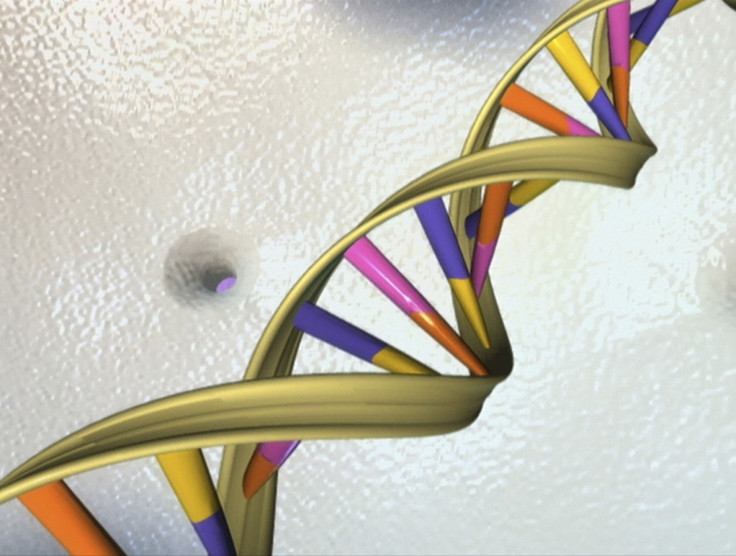CRISPR gene-edited enzyme can kill viruses in human cells
Gene editing is being used to work on the cures to many diseases.
Gene editing may be the solution to curing diseases, which we have been trying to find for years. Even diseases such as Ebola, Zika and common flu are yet to find proper and permanent cures. Many diseases don't have any treatments approved by the US drug watchdog FDA.
Researchers at Broad Institute, MIT and Harvard have found the solution – they have designed an enzyme using the gene-editing tool, CRISPR. This can be used as a tool to cut and edit human RNA (Ribonucleic Acid). It can diagnose the presence of viruses in human cells, target and destroy them. Researchers have adapted the Cas13 enzyme, which has been previously used only to detect the presence of viruses for the purpose. This is the first time such an enzyme has been used as an antiviral in cultured human cells in the lab.
The researchers state that the treatment can be used to diagnose and treat many infections. They called it CARVER (Cas 13- Assisted Restriction of Viral Expression and Readout).
"Human viral pathogens are extremely diverse and constantly adapting to their environment, even within a single species of virus, which underscores both the challenge and need for flexible antiviral platforms. Our work establishes CARVER as a powerful and rapidly programmable diagnostic and antiviral technology for a wide variety of these viruses," Pardis Sabeti, lead author of the research who heads the Sabeti Lab at Harvard, told Phys.org.
Gene editing seems to be a faster and more economical way of treating diseases than traditional medicines. Only 90 FDA approved antiviral drugs have been produced in the past 50 years to treat just nine viral diseases. Only 16 viruses have been targeted during this time.
The fact that CARVER can be programmed according to the disease, is an added factor that shows that research regarding gene editing is only gaining relevance.
"We envision Cas13 as a research tool to explore many aspects of viral biology in human cells. It could also potentially be a clinical tool, where these systems could be used to diagnose a sample, treat a viral infection, and measure the effectiveness of the treatment—all with the ability to adapt CARVER quickly to deal with new or drug-resistant viruses as they emerge," Catherine Freije, a graduate student associated with the project stated.

© Copyright IBTimes 2025. All rights reserved.





















